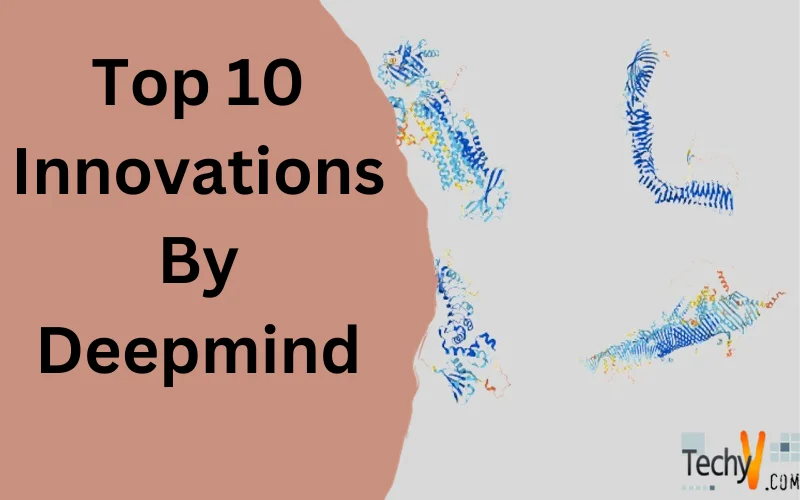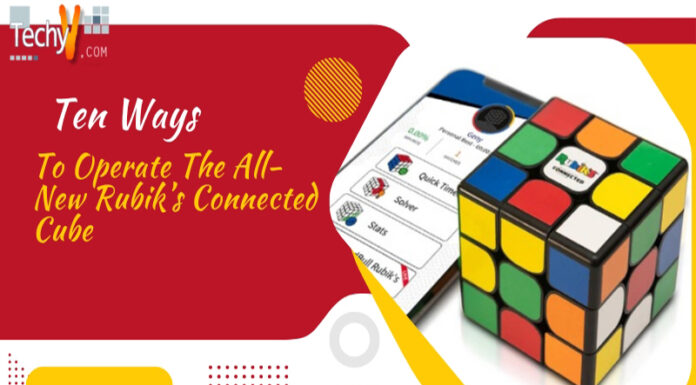DeepMind is a UK-based AI research lab founded in 2010 by a trio of visionary founders: Demis Hassabis, Shane Legg, and Mustafa Suleyman. Google later acquired it in 2014. It is now managed by Google in countries like Canada, France, and Germany. DeepMind is known to break boundaries in the field of AI. It developed various neural network models trained to function like humans. The prime goal of DeepMind Technologies is to combine ML and neuroscience methods to create more powerful learning algorithms for general applications. It has helped in enhancing energy usage in Google’s data centers. It has also played a key role in rendering services like Google Search, YouTube, and Gmail. Recently, DeepMind has collaborated with Google Research to establish Google DeepMind. It has also opened a new separate entity called DeepMind Ethics and Society dedicated to investigating AI ethics. In this article, we will discuss the Top 10 significant innovations made by Google DeepMind over a decade.
1. AlphaFold
AlphaFold is the most significant ground breaking AI innovation by DeepMind, launched in 2021. Using AI technology, it decodes the sequence of amino acid in the proteins and interpreted their form using a 3D model. Scientists have been able to predict almost 98.5% of 3D structures for human proteins using this technique. It has emerged as a valuable tool for researchers in understanding the complex structure of human proteins.
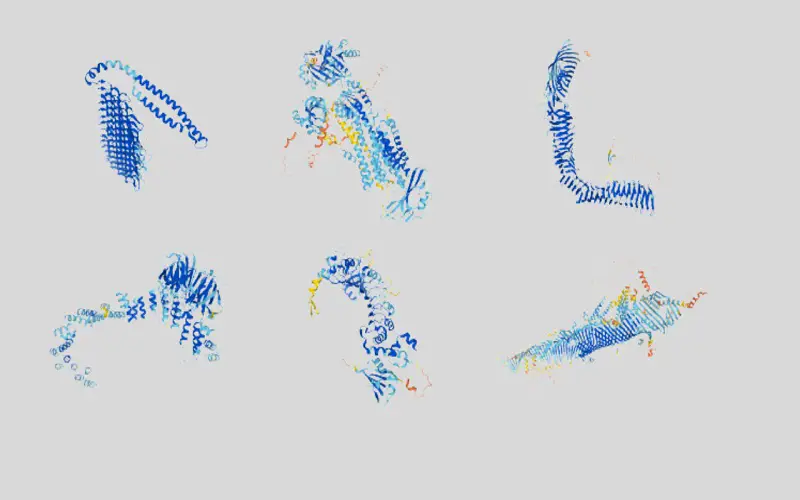
2. AlphaZero
Another mind-blowing innovation by DeepMind is AlphaZero. It consists of mainly two components:
- Neural Network- utilizes board configuration as input and its value as output.
- Equitable distribution of profits
The project is aided by Monte Carlo Tree Search to analyze board configuration and enable navigation through the nodes.
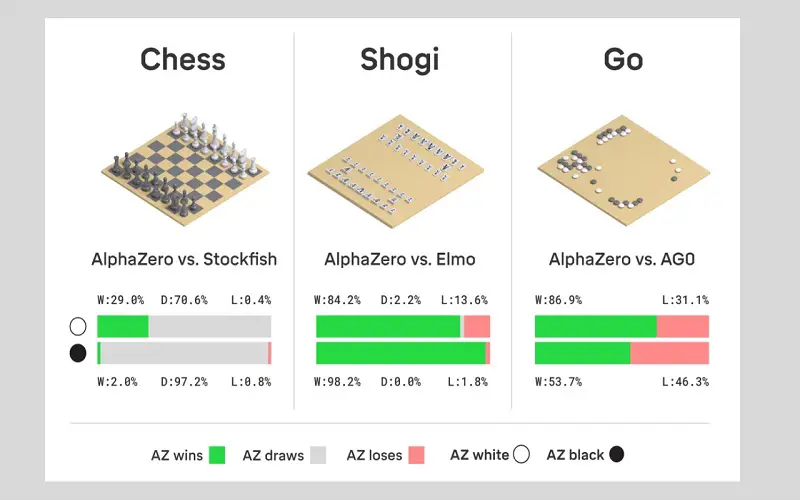
3. AlphaGo
AlphaGo uses deep learning and neural networks to get itself trained to operate with the utmost efficiency. It strengthens the system’s capabilities through countless game matches against its modified version. It first introduces the policy network, which then teaches the value network to analyze and determine the optimal positions. This way, it ensures that all possible moves are evaluated before a making a final decision.
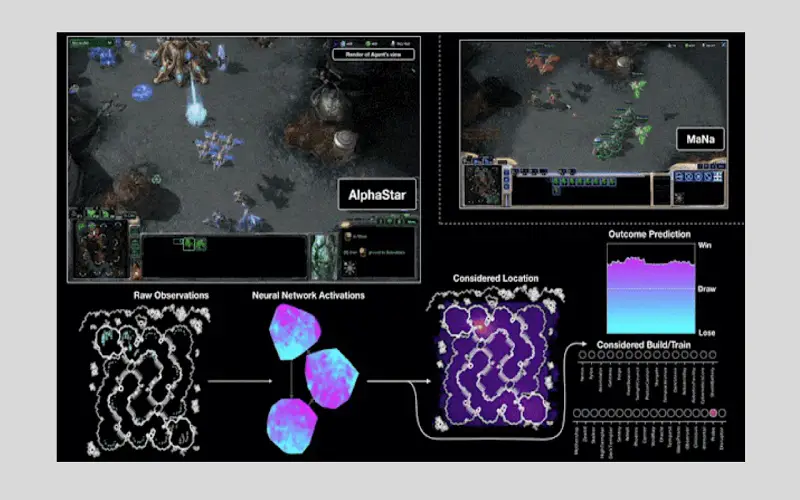
4. WaveNet
WaveNet was introduced in 2016 by DeepMind. It is designed specifically for raw audio, which is then trained on a large sets of speech samples to develop natural sound speeches from the audio inputs. Unlike traditional voice-cutting recording systems, it utilizes convolutional neural networks trained on diverse images, videos, and sound to understand human language. It can effectively mimic the human voice by composing the waves from scratch. Google Search and Google Assistant are some of its applications.
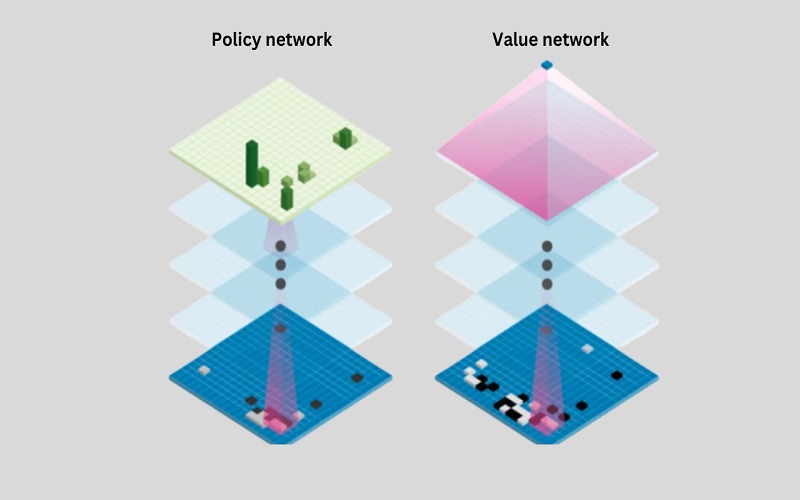
5. AlphaStar
AlphaStar is developed using reinforcement learning method, where agents use a trial-and-error method to achieve goals like winning or surviving in the game. By imitating human players, the agents continually work on their skills to compete against one another. AlphaStar is known to have a proven track record in defeating top professional players. DeepMind has further enhanced in AlphaStar by training them to play the Blizzard Entertainment game.
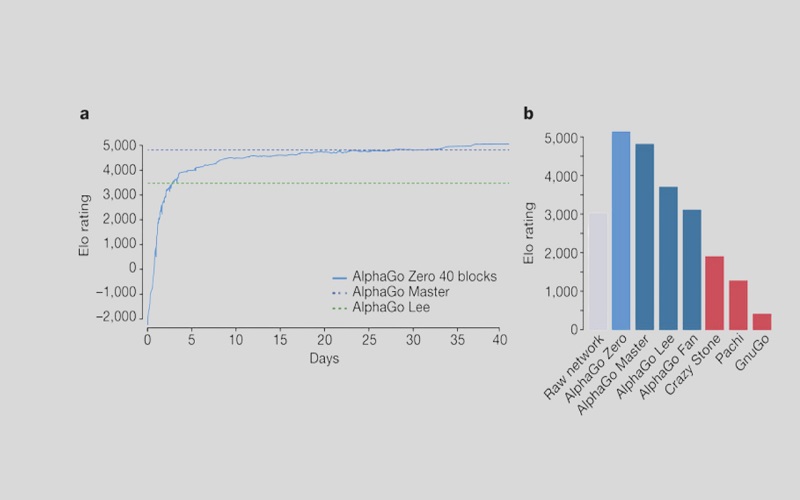
6. MuZero
MuZero builds upon the success of AlphaZero by predicting relevant quantities for game planning to achieve high-level performance. It has matched AlphaZero’s performance in Atari, chess, and Shogi in its initial test games. This innovative approach combines a trained model with a Monte Carlo tree search to enhance fluency and engagement. It offers forecast for three different variables: policy, value function, and immediate reward.
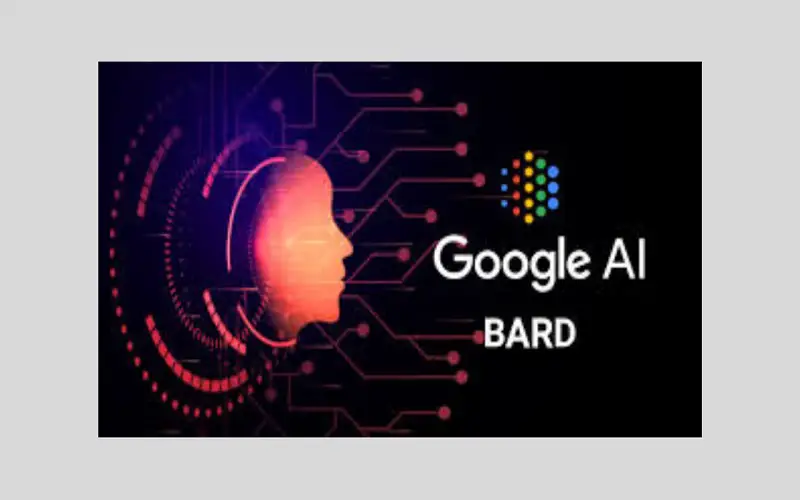
7. AlphaGo Zero
AlphaGo Zero is purely a self-taught software version of AlphaGo. The model has managed to achieve Go abilities through self-competition. By making random moves on the board and repeating the process multiple times, Zero regularly updates its system. With its powerful version, it surpassed Lee Se-dol(a world champion with 18 titles) after three days of self-play. Another feature of Zero is it consumes less processing power than AlphaGo.
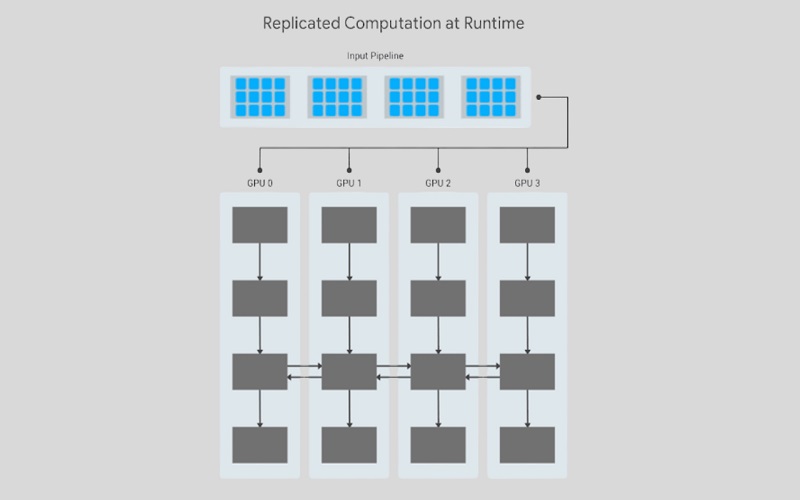
8. Google Bard
DeepMind has recently unveiled its latest innovation, Google Bard. It is created on the Pathways Language Model 2, where the model undergoes training using publicly available data, such as web pages, source code, and other data. It enables users to process natural language queries and provide responses. Google launched Bard in the wake of Chatbot AI. The key difference between both is that Bard can effortlessly search and generate responses in real-time upon user demand, while Chatbot relies on trained data available before 2021.
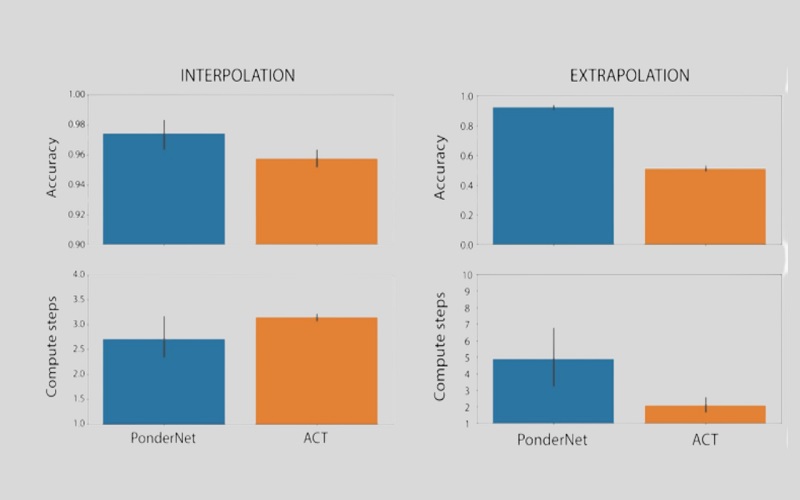
9. TF-Replicator
TF-Replicator, developed by Google DeepMind, enables scientists to quickly deploy their Tensor Flow models on GPU and cloud without any prior experience. It provides a platform to effortlessly write distributed Tensor Flow code to train ML models and deploy various cluster topologies. The ultimate goal of developing TF-Replicator is to facilitate using multiple hardware accelerators for machine learning to transfer workloads between several devices and switch between various types of accelerators.
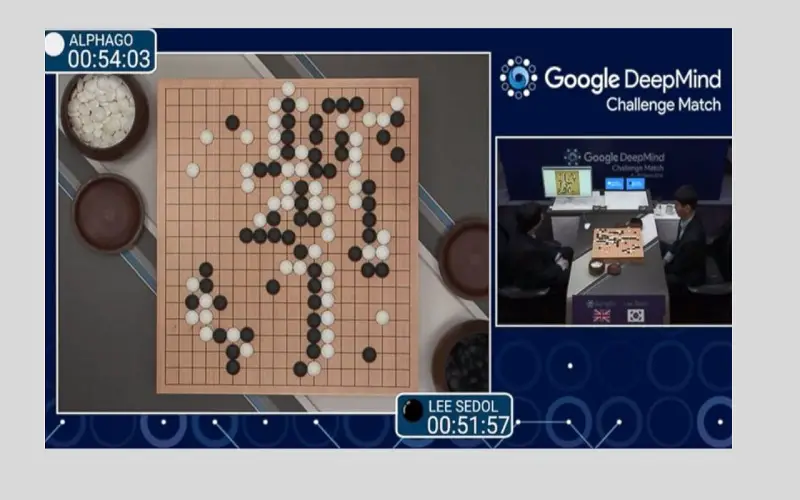
10. PonderNet
PonderNet is another latest finding by DeepMind that helps in enhancing the capacity of neural networks to go beyond their initial training and tackle complex problems with certainty. It trains AI neural networks to ponder for an indefinite period before producing a response. Pondering signifies that the network is constantly re-evaluating itself to predict whether the computer should continue its operation or not.




